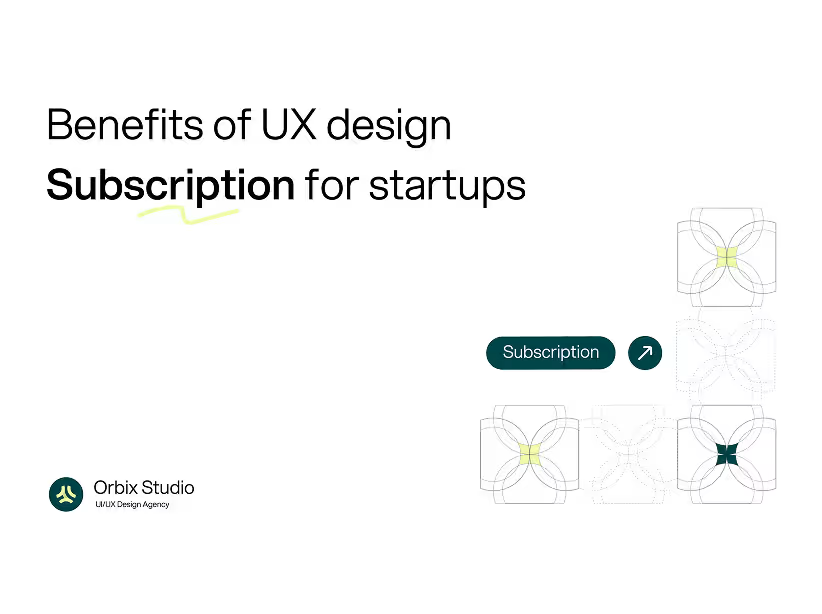Table of Contents

Native mobile apps require separate iOS and Android development, expensive maintenance, and convincing users to install yet another app. Progressive Web Apps (PWAs) solve this by delivering app-like experiences through web browsers—eliminating friction while reducing development costs by 60-70%. Yet most SaaS companies overlook PWAs despite their transformative potential for user engagement and operational efficiency.
Research shows SaaS companies implementing PWAs achieve 40-60% higher mobile engagement, 50% reduction in development costs, 35% improvement in user retention, and near-instant load times. PWAs combine the best of web and mobile: cross-platform compatibility, instant access without installation, offline functionality, and push notifications—all without separate native app maintenance.
This complete guide reveals why PWAs represent the future of SaaS delivery and how to implement them strategically.
Understanding Progressive Web Apps for SaaS
What is a PWA? A web application with progressive enhancement features: offline access, installability, push notifications, home screen installation, and app-like experiences rivaling native apps.
Key PWA technologies:
- Service Workers: Background scripts enabling offline functionality and push notifications
- Web App Manifest: Metadata enabling installation and homescreen access
- HTTPS: Security requirement for PWA features
- Responsive Design: Optimized for all screen sizes
- App Shell Architecture: Core app loads instantly; content streams progressively
PWA Advantage 1: Eliminate Installation Friction
Users resist app downloads. PWAs install in seconds directly from browsers without app store approval.
Benefits:
- Reduced barriers: Install via one-tap homescreen prompt
- No app store gatekeeping: Deploy instantly without approval delays
- Fast iteration: Update features without app store review cycles
- Lower abandonment: Immediate access increases adoption 40-50%
Implementation: Web app manifest specifies app name, icon, colors, and installation behavior. Browsers prompt installation automatically on repeat visits.
Real impact: Installing PWA takes 2-3 seconds; downloading native app averages 2-4 minutes. This friction difference converts to 35-50% higher adoption rates.
PWA Advantage 2: Offline Functionality and Resilience
Service Workers cache essential app shell and data, enabling functionality during connectivity interruptions.
Offline capabilities:
- View cached content previously accessed without connection
- Queue actions for sync when connectivity returns
- Background sync: Automatically complete pending tasks when online
- Instant load: Cached app shell loads instantly regardless of network
- Graceful degradation: App functions offline even if limited
Business impact: Salesforce reports 15-20% of usage occurs on intermittent connections. PWAs capturing this traffic gain significant advantage.
Implementation: Service Worker caching strategies, IndexedDB for offline data storage, background sync APIs for pending operations.
PWA Advantage 3: Push Notifications and Re-engagement
Service Workers enable native push notifications re-engaging users without app installation.
Notification strategy:
- Timely alerts: Notify users of important events instantly
- High engagement: Push notification click-through rates 5-8x higher than email
- User control: Granular permission settings prevent notification fatigue
- Persistent engagement: Users return to PWA for notifications
Metrics: Companies implementing push notifications see 25-40% increase in daily active users.
PWA Advantage 4: Cost Reduction Through Single Codebase
Developing PWAs eliminates separate iOS/Android development, reducing costs 60-70%.
Cost savings:
- Single development team: One codebase instead of iOS + Android + web
- Faster updates: Deploy to all platforms simultaneously
- Reduced maintenance: One app to support, not three
- Lower hosting: Web hosting cheaper than app infrastructure
- No app store fees: Eliminate 30% revenue share iOS/Android demand
Real comparison: Native iOS + Android + web app: $300K+ development, $50K+ annual maintenance. PWA equivalent: $100K development, $15K+ maintenance.
PWA Advantage 5: Superior User Experience and Performance
PWAs deliver app-like experiences with instant load times and smooth interactions.
UX improvements:
- Instant load: Cached app shell loads in <1 second
- Smooth animations: 60fps interactions through optimized performance
- App-like feel: Fullscreen mode, status bar integration, gesture support
- Reliable performance: Predictable speed regardless of network conditions
Metrics: PWAs average 2-3x faster load times than typical mobile websites, improving conversion 25-35%.
PWA Advantage 6: Cross-Platform Compatibility
Single PWA works across iOS, Android, Windows, macOS, and Linux—no platform-specific development.
Business implications:
- Broader reach: Support all devices from one codebase
- Future-proof: Automatically compatible with new devices
- Consistent experience: Identical functionality across platforms
- Reduced fragmentation: No iOS-only or Android-only features
Common PWA Implementation Challenges
Browser support limitations: Some features (notifications) require Chrome/Edge; limited iOS support requires alternative approaches.
Perceived as "not a real app": Enterprise IT may resist web-based apps despite identical functionality.
Discovery challenges: Users don't know PWAs exist, requiring education and installation prompts.
Offline complexity: Designing offline experiences requires thoughtful architecture.
Mitigating strategies: Educate users, provide prominent installation prompts, implement graceful fallbacks, design offline-first architectures.
PWA Implementation Roadmap
Phase 1: Core PWA features (service workers, manifest, HTTPS, responsive design)
Phase 2: Offline functionality and background sync
Phase 3: Push notifications and re-engagement
Phase 4: Native platform integrations and advanced features
Phase 5: Continuous optimization based on user analytics
Conclusion: PWAs as SaaS Future
Progressive Web Apps represent the future of SaaS delivery, combining cost efficiency, user experience, and cross-platform compatibility. Companies embracing PWAs early gain competitive advantages through lower costs, faster iteration, and superior user engagement.
At Orbix Studio, we specialize in PWA architecture for SaaS. Our team builds high-performance, feature-rich Progressive Web Apps that compete with native apps while maintaining web's flexibility and cost efficiency.
Ready to build a PWA transforming your SaaS engagement?
Free PWA Strategy Consultation
Get a complimentary assessment:
✓ PWA feasibility evaluation for your SaaS
✓ Cost savings analysis vs. native apps
✓ User engagement improvement projections
✓ Implementation roadmap and timeline
✓ Feature prioritization framework
Limited to 5 SaaS companies monthly | Value: $3,500






